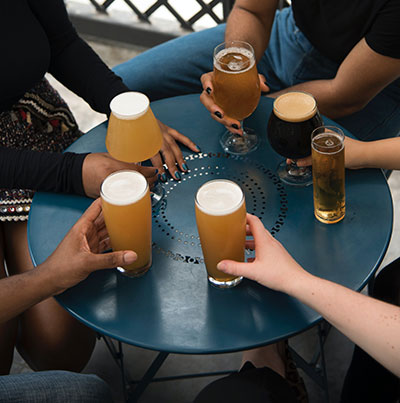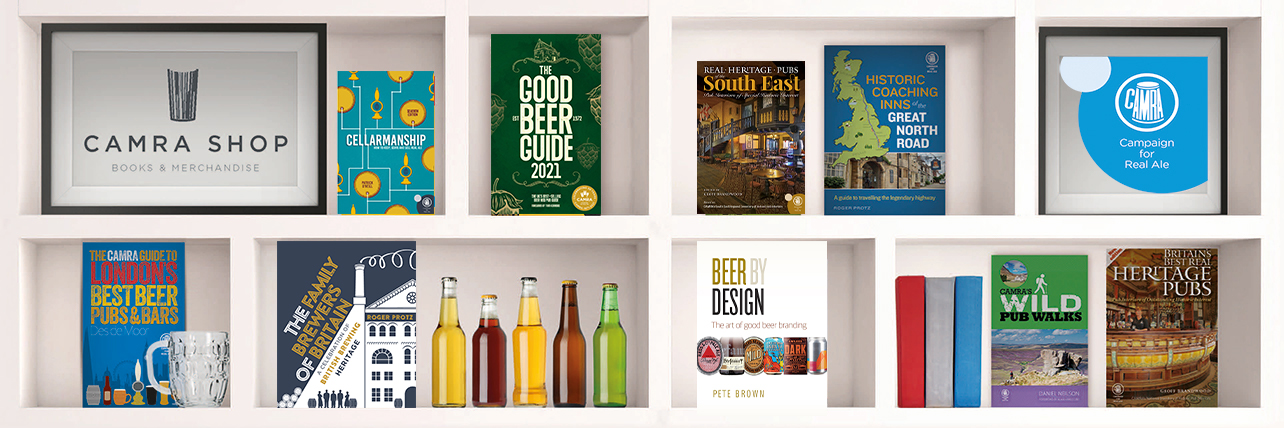Learn & Discover
Learn & Discover
What is live beer
In the early 1970s, CAMRA coined the term ‘real ale’ to describe traditionally kept beers, served from a specific type of barrel called a cask, without the injection of additional carbon dioxide gas.
The Campaign launched a vocal effort to promote these ahead of the mediocre, artificially carbonated, often pasteurised, brand name beers backed by extensive advertising campaigns, which had come to dominate the beer trade. These products of mid-20th century industrialisation of brewing, were reducing consumer choice and threatening the future of a more flavourful type of beer that could trace its origins back over a thousand years.
A draught “real ale”, or “cask ale” as it is known nowadays, is a living product, containing brewers’ yeast that continues to ferment (or condition) the beer in its cask as it lies in the pub cellar.
By the time CAMRA was founded, over 50 years ago, beers that continue to be conditioned by live yeast in a bottle had all but disappeared in the UK. However, as part of the general revival of interest in more flavourful beers, such beers have returned and the principle has been expanded to include some beers that condition in other sealed containers, such as cans, cellar tanks, and membrane kegs.
CAMRA has adopted the term “live beer” to refer to the whole family of beers that adopt the principle of continuing to condition in their final container, an important factor in maximising the flavour of a beer. However, cask ale, which we term “cask-conditioned beer”, continues to be singled out for special reverence, acknowledging its place in our own story and as Britain’s best-loved historic beer style.



